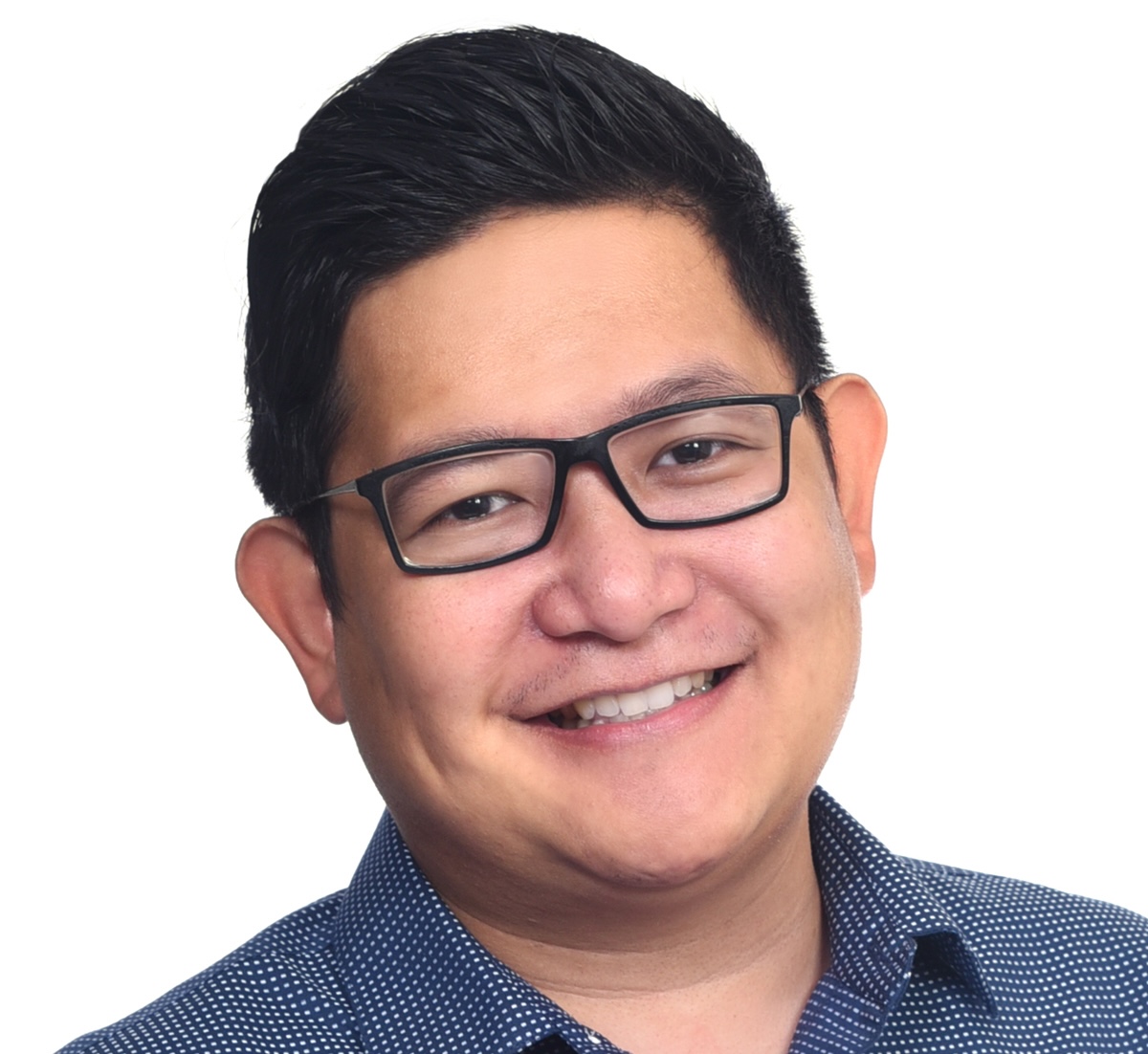Professor Maxx Arguilla receives Air Force Young Investigator Research Program award

The work the award will support grew from contributions of many members of Arguilla's lab, including Professor Dmitri Cordova (past postdoctoral scholar, now Assistant Professor at Michigan State University), Kaitlyn Dold (current graduate student), Kenneth Chua (past undergraduate student, now a graduate student at UNC Chapel Hill), Thanh Huynh (past undergraduate student, now graduate student at University of Washington), and Leo Cheng (past undergraduate student, now a Pharm.D. student at UCSF).
Professor Maxx Arguilla of the UC Irvine Department of Chemistry recently received an Air Force Young Investigator Research Program award, which will support his lab with $150,000 per year over the next three years. The funding will stimulate research into what Arguilla described as chiral light, which refers to the different, mirror-opposite orientations or “handedness” that photons can have. “The detection of chiral light, or light with a certain kind of handedness, is critical to a multitude of technologies, from pharmaceutical screening to quantum sensing,” said Arguilla. “However, this technological promise is hampered by the lack of materials that can selectively detect the handedness of light and efficiently convert it to a measurable electrical current.” To address the issue, Arguilla’s group plans to develop new classes of hybrid organic-inorganic materials that are able to detect chiral light and convert it into electrical currents. “The award will also identify specific tuning parameters that will enable the deliberate control over the handedness of light that the materials are sensitive to, the efficiency of the photon-to-current conversion process, and the wavelengths at which these can be detected,” Arguilla said. “Success in these fronts will yield crystalline materials for chiral light photodetection across a wide optical window.” The research could open the door for the development of technologies critical for encrypted optical communication, high-fidelity data transmission, pharmaceutical and industrial chemical screening of small chiral-like molecules, remote sensing, quantum optics and even bio-imaging and 3-D cinematography.
